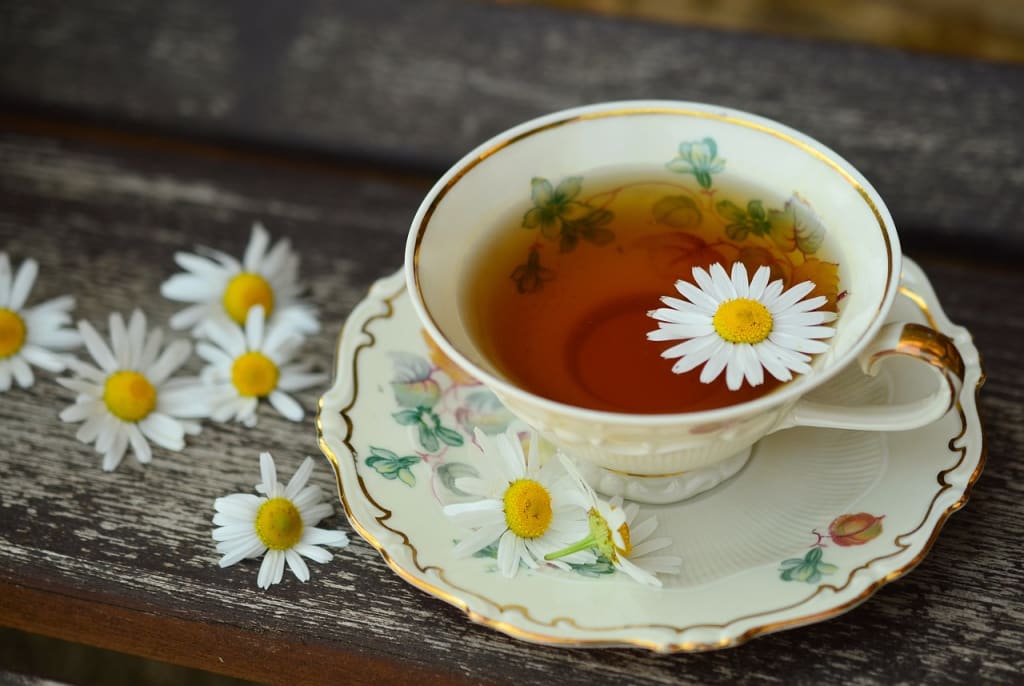The history of tea
we all want to know how it start

An exhausted Shennong killed himself seventy-two times as he wandered the forest in search of seeds and edible plants throughout his long day. But before the poison died, he put a leaf in his mouth. He chewed it and came back to her, then found the tea. At least one old story says so. Tea does not cure poison, but the story of Shennong, the legendary discoverer of Chinese agriculture, shows the importance of tea in ancient China. Archaeological evidence shows that tea was grown here 6,000 years ago, 1,500 years before the Pharaohs built the Great Pyramid of Giza. The Chinese tea tree is the same type of tea tree grown all over the world today, but it was originally eaten differently. It can be eaten as a vegetable or porridge with grains. Tea went from being a food to a drink about 1,500 years ago when people realized that the combination of heat and moisture could produce complex and different flavors in the green leafy vegetable. . Preparation methods have varied over the centuries, typically heating the tea, filling it into a carrier cake, turning it into a powder, and mixing it with hot water to make a drink called a matcha or matcha. Matcha became so popular that it spawned a Chinese tea tradition. Tea is the subject of books and poems, a favorite drink of emperors, and a language of art. They paint beautiful pictures on the tea foam, like the espresso art you see in coffee shops these days. During the Tang Dynasty in the 9th century AD, a Japanese monk brought the first tea tree to Japan. Eventually the Japanese developed their own unique way of drinking tea, which became the Japanese tea ceremony. During the Ming Dynasty in the 14th century, Chinese emperors changed the standard of pressed tea to loose leaf tea. At that time, China had almost complete control over the world's tea tree, as tea was one of China's top three exports, along with porcelain and silk. As tea drinking spread throughout the world, China's economic power and influence grew. The spread of this tea began in the early 1600s, when Dutch traders brought tea to Europe. Many believe that the tea made by Queen Catherine of Braganza, a Portuguese princess, when she married King Charles II in 1661, was popular with British royalty. At the time, England was expanding its colonial power and becoming a new world power. As England developed, the interest in tea spread throughout the world. In 1700, tea was sold ten times more than coffee in Europe, and the plant was grown only in China. The tea trade was so profitable that competition between Western trading companies led to the birth of the world's fastest ships, the cutter ships. Everyone raced to bring the tea back to Europe first to increase the profits. At first, the British bought this Chinese tea with silver. Since the price was too high, they decided to exchange the tea for another substance, namely opium. This has led to public health concerns in China as people become addicted to the drug. In 1839, a Chinese officer ordered his men to destroy British opium as a protest against British rule in China. This action started the first Opium War between the two countries. The war raged on the Chinese coast until the fall of the Qing Dynasty in 1842 and the port of Hong Kong was handed over to the British and trade was resumed on harsh terms. This conflict has weakened China's position in the world for more than a century. The British East India Company also hoped to grow its own tea and gain more market power. So they sent botanist Robert Fortune to run an undercover operation to steal tea from China. Undercover, he embarks on a perilous journey through the tea mountain regions of China, eventually capturing tea trees and skilled tea workers in Darjeeling, India. Since then, this plant has spread and helped the rapid growth of tea as an everyday commodity. Today, tea is the second most consumed beverage in the world after water, and there are almost as many ways to prepare the drink as there are cultures around the world, from Turkish rezzi cheese with salted Tibetan butter cheese.
About the Creator
Rowan Sharkawy
someone who love to know anything & share it with every one
welcome to my profile
Enjoyed the story? Support the Creator.
Subscribe for free to receive all their stories in your feed. You could also pledge your support or give them a one-off tip, letting them know you appreciate their work.






Comments
There are no comments for this story
Be the first to respond and start the conversation.